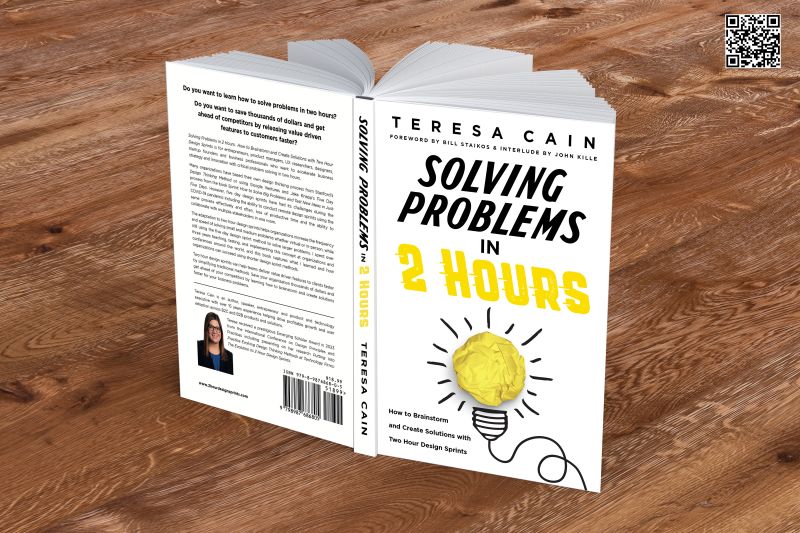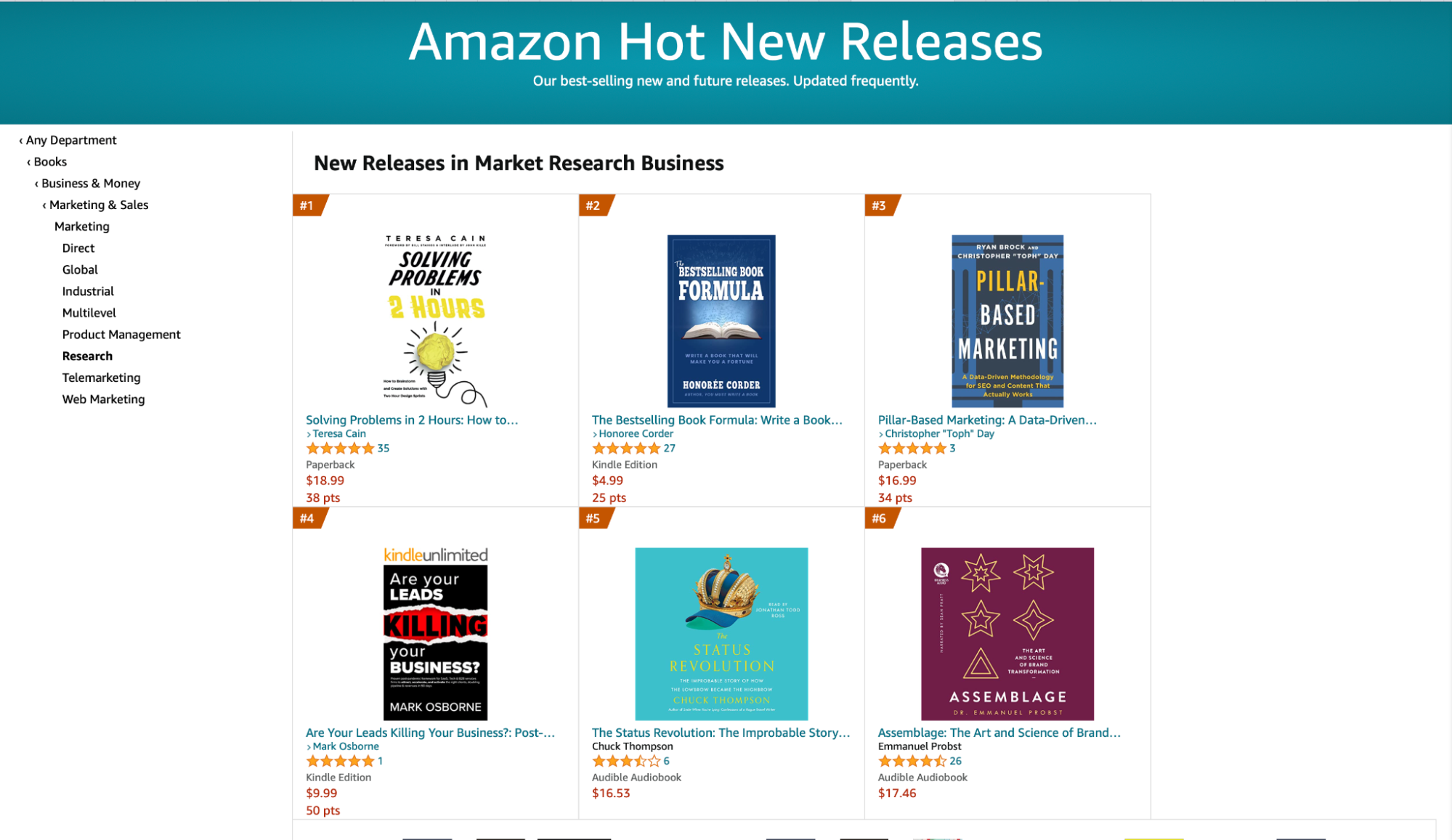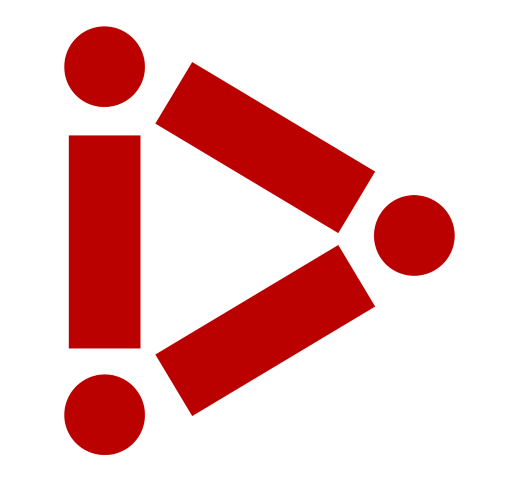Student Spotlight: Using COVID-19 as a Catalyst
Already a successful student, entrepreneur, technology executive, and speaker, Teresa Cain (MIIPS ‘23) adds author to her impressive list of descriptors.
By Kaitlyn Stossel
Teresa Cain (current MIIPS online student) is changing the way companies solve problems and think critically with her recently published book, Solving Problems in 2 Hours: How to Brainstorm and Create Solutions with Two Hour Design Sprints, which was inspired by the challenges that came with the COVID-19 lockdown.
Cain has always been a true innovator who takes her education to the next level. Before coming to Carnegie Mellon University’s Integrated Innovation Institute to complete her Master’s degree in Integrated Innovation for Products and Services (MIIPS), she earned a BS in Journalism, a BA in English, and an Executive Master of Business Administration.
In late 2018, Cain joined the team at TreviPay, a global B2B FinTech solution, as the Director of Product Management, User Experience and Design. With over 15 years of experience in the field of product management, innovation, and design thinking methods, she has been a catalyst for growth in many Fortune 100 and 500 organizations.
After TreviPay took a hit from the COVID-19 pandemic and was forced into the remote world of working, Cain was inspired to find a more efficient way to perform design sprints that could be achieved in two hours compared to the normal five day turnover rates. Stakeholder attendance was down, and Cain needed to find a way to justify running such a powerful concept at organizations she was working with.
With a tragedy like a global pandemic, most people become stuck. Cain found a way to turn the tragedy into something great.
“COVID-19 really became the catalyst for implementing a new method that stuck at first with TreviPay, and is now a teaching concept at conferences and workshops around the world.”
After implementing her two hour design sprints at TreviPay, Cain has seen the impact that it has made first-hand. Her goal was to increase participation from stakeholders in these design sprints, and she has most certainly made this happen.
“When design sprints were up to five days long, many stakeholders didn’t have the capacity to attend the events. When you’re missing out on a key stakeholder to collaborate with and give input, you may not be solving the problem in the best way,” Cain said.
These two hour sprints have increased the frequency of participation and attendance from stakeholders at TreviPay, and has also allowed their engineering teams to implement features faster.
“As a team, we are now able to conduct over 20 two-hour design sprints per year instead of just a handful of multi-day sprints like before,” Cain said.
This new method will be extremely valuable in meeting the demand of explosive UX (user experience) organizations around the world. According to the Nielsen Norman Group, the number of UX professions around the world will continue to grow by a factor of 100, from one million in 2017 to 100 million in 2050.

Cain's book as pictured on Amazon.com.
“As we continue to automate solutions for users, we increase the need to do so across all platforms and avenues of life. Two hour design sprints respond to the demand to solve problems faster and more efficiently.”
The popular book explains Cain's process behind two hour design sprints and teaches entrepreneurs and business professionals how to critically think and solve problems. It provides concrete examples and gives readers a personal look into the mind of leaders who have executed two hour design sprints.
Published in April of this year, Cain’s book has already had wild success. It has achieved the awards of #1 Bestseller in Business Technology Innovation, #1 in Market Research Business, #1 in Strategic Management and #1 in Business Decision-Making. She was also awarded a prestigious Emerging Scholar Award from the International Conference on Design Principles and Practices for her findings published in the book.

Q&A with Teresa
Who can benefit from your book? Is it just designers or a broader audience?
-
Anyone who wants to learn how to problem solve in two hours.
-
Anyone who wants to start using Figma FigJam as a collaborative whiteboard tool for workshops.
-
Anyone who wants to solve problems for their customers or users.
-
Anyone who conducts user research or usability testing.
-
Anyone who writes user stories or requirements for a backlog.
Can you share some examples of problems that you solve with the two hour design sprint process?
Two hour design sprints are ideal for features you are looking to complete and roll out in less than six to nine months. Determining whether this is the best tool to meet your organization’s needs will depend on the type of problem you are solving and how quickly you could pull together necessary stakeholders to conduct the design sprint.
Problems that make the best choice for two hour design sprints include:
- Items on your backlog
- Ideas already in a discovery stage
- A client request that has a quick delivery date request
- Exploring a new industry or persona
How do you foresee the two hour design sprint process changing the landscape of the design and product industries?
As we continue to automate solutions for users, we increase the need to do so across all platforms and avenues of life. Two hour design sprints respond to the demand to solve problems faster and more efficiently. This allows organizations to release solutions and products to customers faster than the competition and delivers what today’s customers and end users have become accustomed to - instant gratification at their fingertips.

